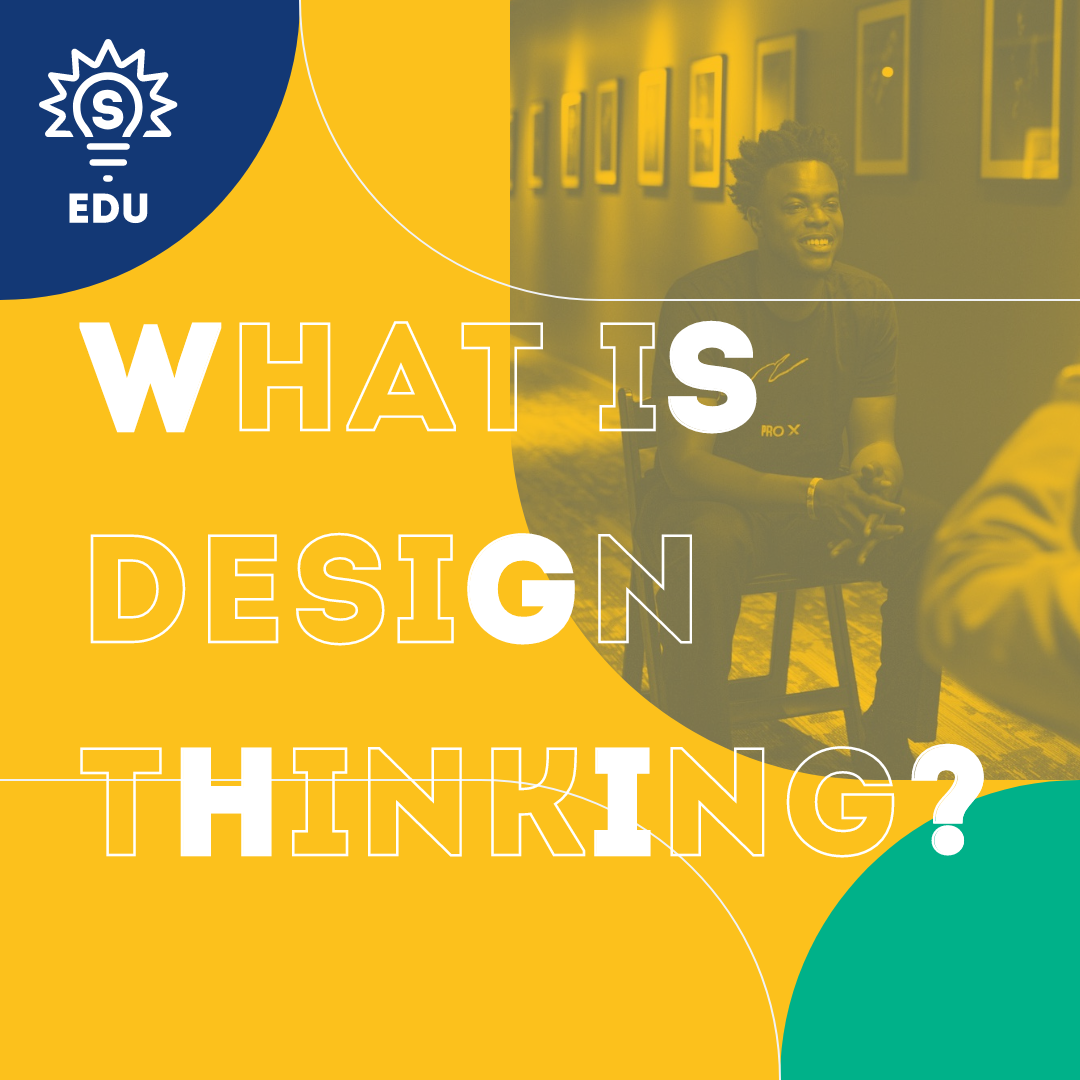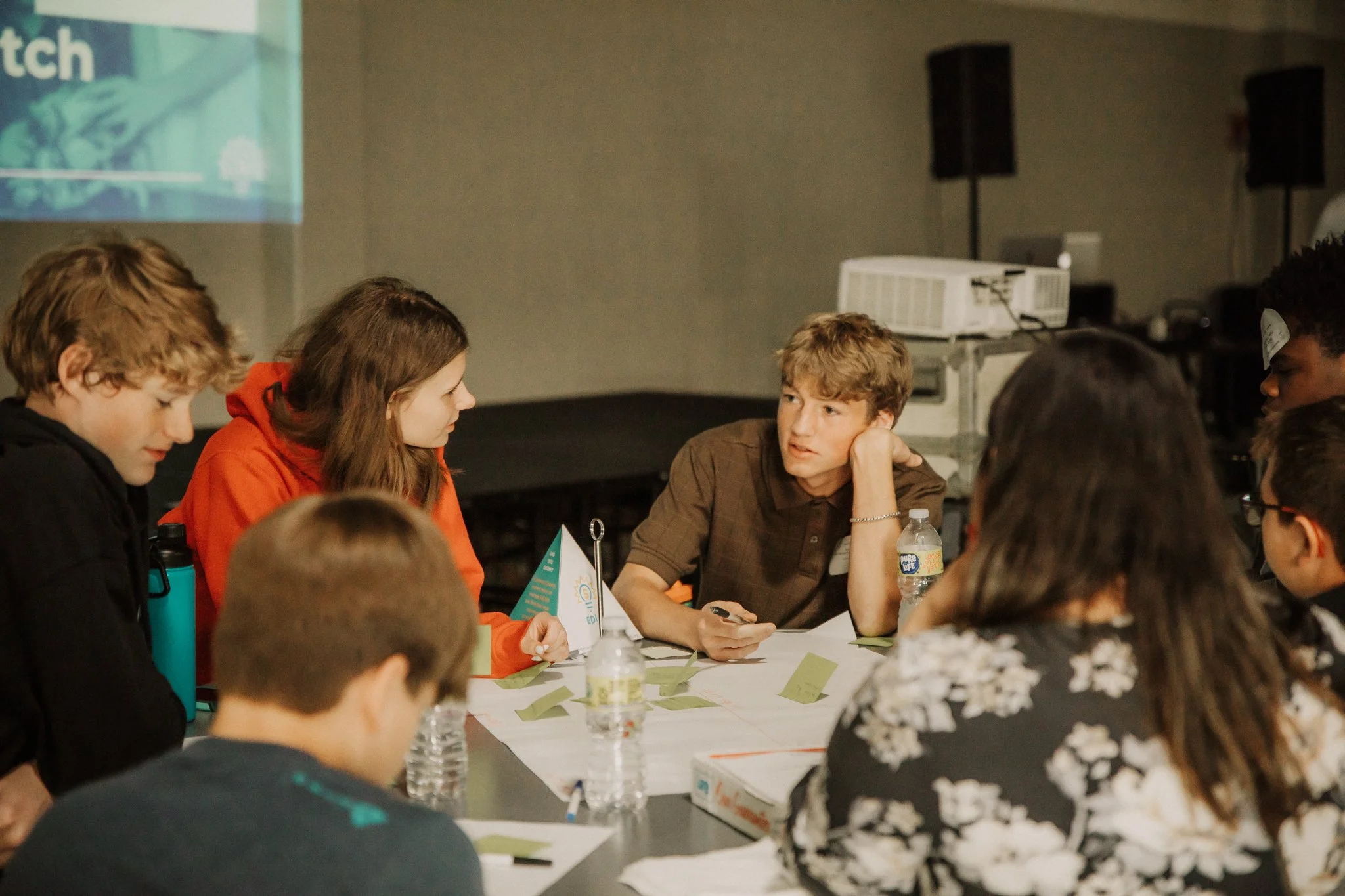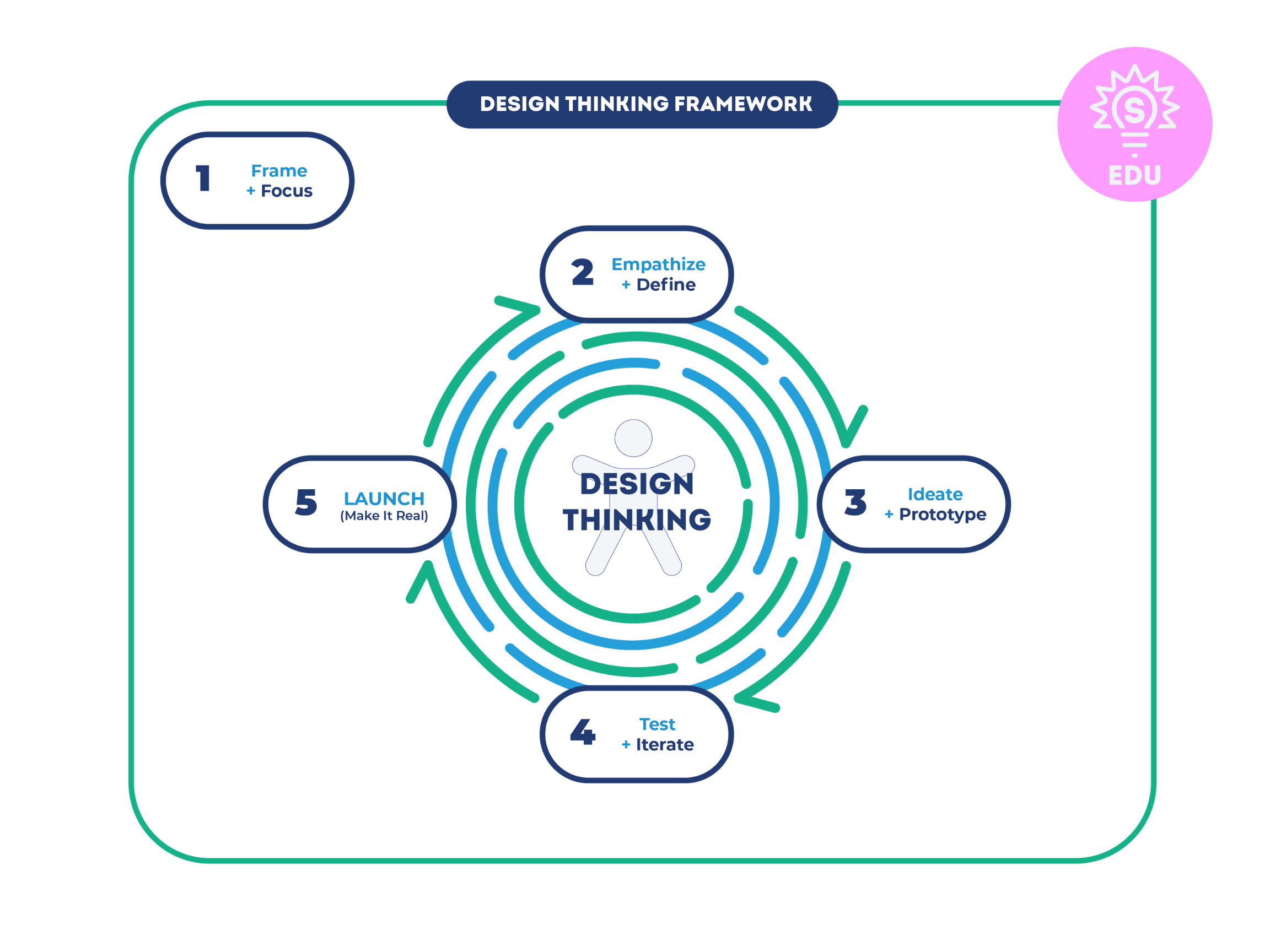Design Thinking Blog Series: Introduction
Welcome to Startland Education’s Design Thinking Blog Series! Within this series, we’ll be guiding you step-by-step through our human-centered design framework with resources, assets and real-world projects you can make use of.
The History of Design Thinking
In order to understand design thinking, we need to look at how history—and the world, at the time––called for this problem-solving methodology.
It would be impossible to pinpoint one day or one specific moment that ignited the “creation” of DT—but most folks can all agree that somewhere in the early-to-mid 1900’s, industrial design and the first principles of Design Science emerged. This was especially in response to the catastrophic events of World War II.
Perhaps the most compelling argument for why design thinking was needed was through what 1970’s theorists Horst Rittel and Melvin Webber referred to as “wicked problems”: problems that are extremely complex and challenging. Rittel and Webber––in search of an effective design methodology––developed 10 characteristics of a wicked problem, some of which are:
all wicked problems are unique
they do not have a “stopping rule”
solutions to them cannot be “right” or “wrong,” only good or bad
“Design thinking is a way to solve problems through creativity. Certainly, it isn’t a fail-safe approach; nor is it the only approach. But based on the impact we are seeing in our work, the relevance of design thinking has never been greater.”
Much of these properties can be seen addressed through design thinking today. IDEO has been a pioneer in bringing design thinking into the mainstream—beginning in 1991 through a three-way merger of various design firms and academics.
The accessibility of design thinking has undoubtedly allowed for the creation of Startland Education—using our power to reshape the educational landscape in Kansas City and beyond.
So, what is design thinking?
As Startland Education defines it, design thinking is a transferable, problem-solving framework similar to and compatible with the engineering design process, but more interdisciplinary and broadly applicable. We’re specifically proponents of human-centered design.
This means our philosophy of change is rooted in the idea that we must constantly be informed by our communities in order to make positive change. In other words, our designs must be selfless and rooted in empathy.
The design thinking process has 5 stages: frame, empathize, ideate, test and launch.
Over the next few weeks, we’ll be covering each stage in depth. An important thing to note about the process now is that these are not just ‘steps’––the process is cyclical. Depending on your problem, you may have to jump back and forth between each stage in order to create a solution that’s truly impactful.
The Five Stages of Design Thinking
-
The design thinking process all begins with a design question, starting with the phrase “How Might We…?”
This allows us to turn our problem into a place of opportunity and ideation.
[This stage is outside of the circle to indicate this as a base, and something you don’t really want to iterate once you're deep into design. If you feel the need to iterate your entire design question, chances are you need to start from scratch.]
Key questions to address:“How Might We____”
“Specifically, How Might We____”
“What are my design constraints?”
“What is my new design question?”
-
Once we’ve honed in on our design question and the constraints we’re working against, we can begin to conduct our empathy work.
Empathy work can take the form of surveys, experiments, research, observation and more.
Key questions to address:Who is experiencing the problem?
What are the needs/pain points of the user?
What’s causing the problem? How do you know?
What does the user really need?
-
Once we’ve gained a deeper understanding of the problem, then we can move on to everyone’s favorite part: ideation!
Ideation is a freeform space for us to create and conceptualize solutions to our problem—this stage can occur through many different methods, and depends on what works best for you and your workflow!Once you’ve ideated, then you’ll go on to create your prototype.
Key questions to address:Is your solution:
viable?
novel?
useful?
feasible?
How might you represent your idea so that users can provide feedback?
-
Once you’ve created your idea and prototype, it’s time to test these ideas with your user(s)! Ideally, you’ll be testing these against the same people you conducted empathy work with.
Once you’ve tested, it’s to make iterations to your prototype so that it best solves your initial problem(s).
If you’ve tested and find that your user(s) is deeply unsatisfied, that’s okay! That means the design thinking process is working, and we just need to go back and re-look at our empathy work.
Key questions to address:What does testing data/feedback tell me to do next?
What works/doesn’t work about my proposed solution?
-
Finally, it’s time to make your idea REAL!
Once we’ve reached this step, it’s time to start thinking about wants and needs to make your idea real. Do you need funding? Support? Connections? Something else entirely?
This is also your gateway into future design thinking cycles because, as we’ve discussed, design thinking is a human-centered, iterative process!
Key question to address:What resources do you need to make this idea real?
How can design thinking be used?
Watch this short video to learn more about the principles of Design Thinking!
We’re glad you asked! Design thinking can be used in a multitude of ways. Maybe you’re trying to solve a pain point in your daily routine. Maybe you have a conflict at work and trying to find a way around it. Maybe you’re looking to solve a social problem challenging your community. Though the methodology was initially created for large problems, internalizing the design thinking mindset allots for solving everyday problems with a greater sense of ease.
#RealWorldLearning: Eye of An Immigrant
Komal Kaur, Alumnae of our Social Change Internship, utilized design thinking to help mitigate the complex problems of immigrant families in Kansas City. Now, her final solution, Eye of An Immigrant, is a resource hub for immigrant families across the Kansas City Area.
Thanks for reading!
Stay tuned for our next blog in the series: Frame + Focus.
Interested in bringing design thinking to your school, district or organization?
Contact Startland Education to hear how we can help.










